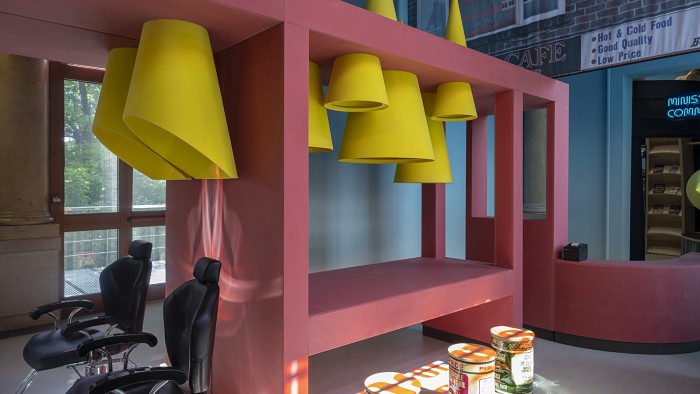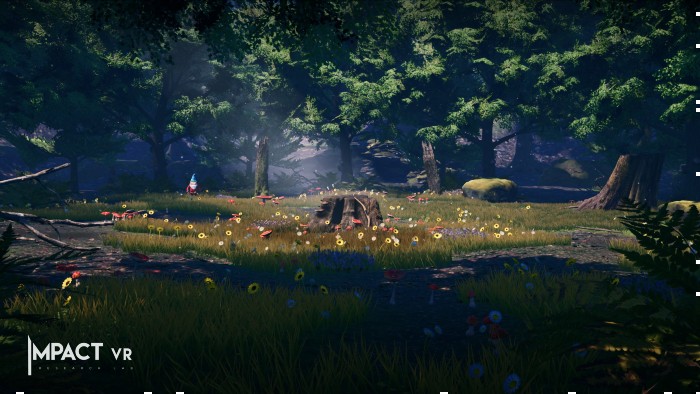The 17th La Biennale di Venezia exhibition, titled How will we live together? opened to the public on Saturday 22 May and includes works by 112 participants from 46 countries.
Dr Cristina Cerulli, Dr Julia Udall and Dr Jonathan Orlek from the University’s Department of Natural and Built Environment have designed one of six rooms as part of the British Pavilion virtual installation.
Their design, called High Street of Exchanges, imagines a high street in Sheffield and how it can become a diverse place of care and civic action. It features a hairdressers, a library and a pay-as-you-feel café.
The design was created by the academics through their Sheffield-based social enterprise architecture practice, Studio Polpo. Through their room, they seek to highlight the crucial role the high street can play in cities and towns across the UK, beyond shopping and consuming.
Dr Cerulli, Associate Professor in Community-led Architecture and Urban Design said: “It is an absolute honour to exhibit at the Venice Biennale and a real career highlight.
“The pandemic has exacerbated inequalities, making visible a crisis in care. However, it has also led to communities self-organising to provide mutual aid on their local high streets. With declining wages and the domination of retail by multinationals that contribute little to local economies, our design shows that the current simplistic model for the high street is socially and economically unsustainable.”
Opened a year later than scheduled, due to the Covid-19 pandemic, the British Council-backed exhibition runs until 21 November and includes a video fly-through and hybrid events which can be accessed remotely online.
Watch the video of the High Street of Exchanges Installation.
Another Sheffield Hallam academic is also exhibiting at a fringe event of the Venice Biennale, Time Space Existence organised by the European Cultural Centre. Paul Chamberlain from the University’s Lab4Living research centre is exhibiting a collection of work that challenges traditional furniture. The work is part of a broader Lab4Living research study funded through Research England’s Expanding Excellence in England Programme that explores the role of design of the 100-year life.



